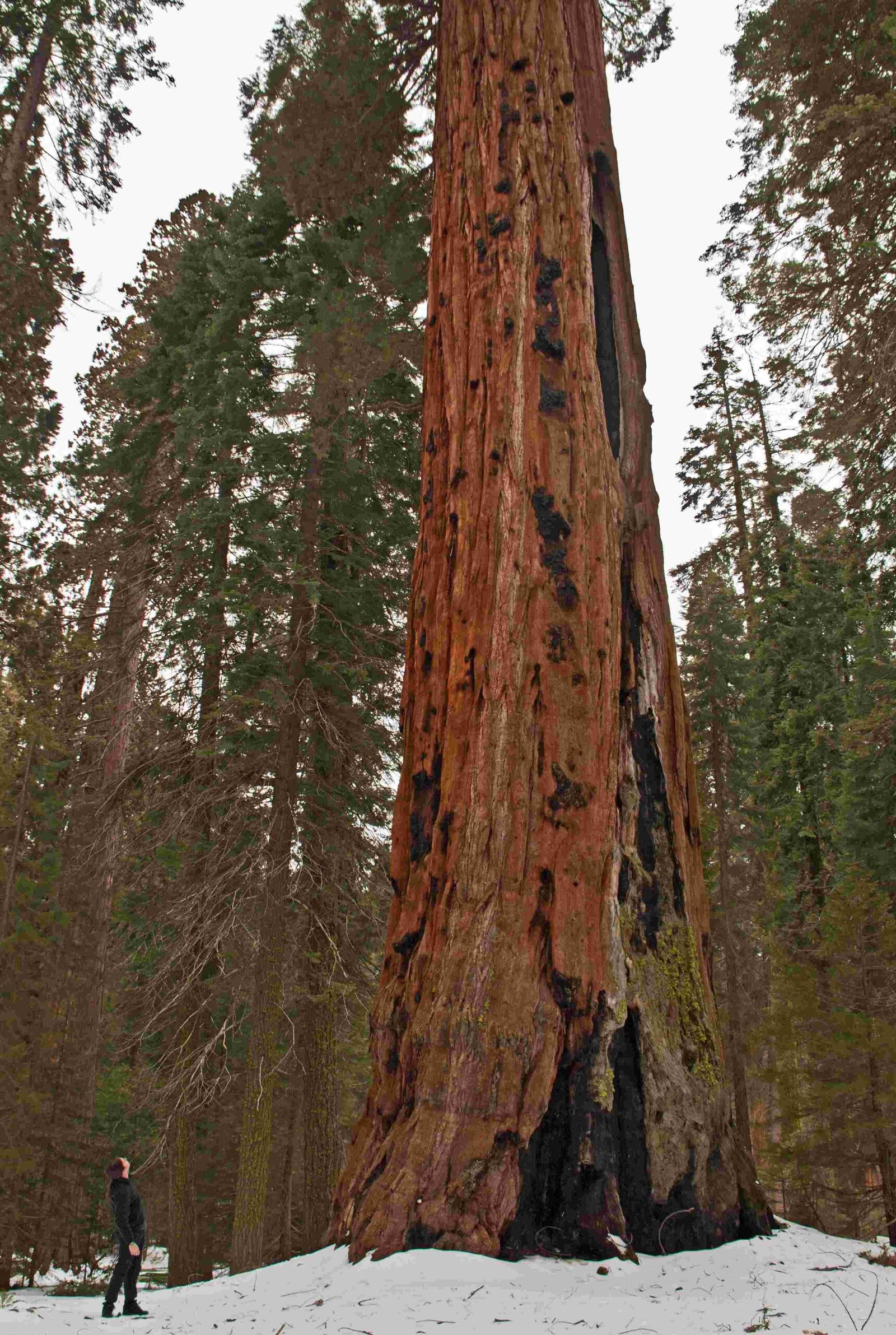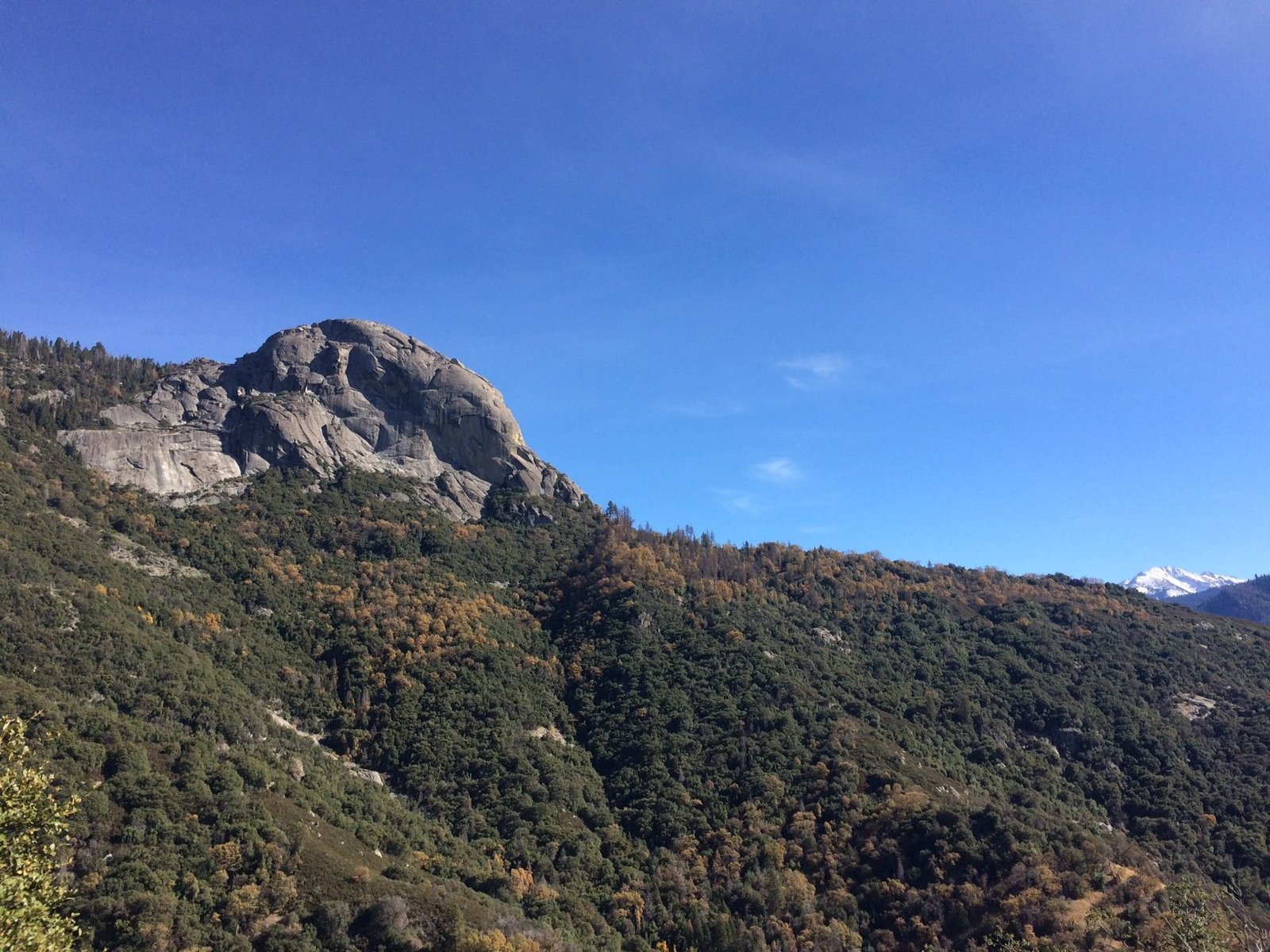The black bear food chain in Sequoia National Park is a complex ecosystem involving diverse seasonal diets, foraging behaviors, and ecological interactions. Black bears in this region adapt their feeding habits throughout the year, consuming various plant materials, insects, and occasionally small mammals. Their diet shifts from grasses and herbs in spring to berries in summer and acorns in fall, playing a crucial role in seed dispersal and nutrient cycling within the park’s ecosystem.
What Are the Key Components of the Black Bear Diet in Sequoia National Park?

The black bear diet in Sequoia National Park is diverse and varies significantly with the seasons. Here’s a breakdown of their primary food sources:
- Spring Diet:
- Grasses and tender herbs
- Carrion (when available)
- Roots and forbs from meadows
-
Insects from logs (e.g., carpenter ants)
-
Summer Diet:
- Berries (e.g., manzanita, bitter-cherry)
- Other soft fruits
-
Insects
-
Fall Diet:
- Acorns (critical for winter weight gain)
- Continued consumption of berries and insects
How Do Black Bears Forage in Sequoia National Park?

Black bears in Sequoia National Park have developed specific foraging behaviors adapted to their environment:
-
Smell-based Foraging: Bears primarily use their keen sense of smell to locate food sources.
-
Seasonal Habitat Shifts: They move between different areas of the park based on food availability:
- Spring: Meadows and forests for grasses and insects
- Summer: Areas with berry bushes
-
Fall: Oak groves for acorns
-
Opportunistic Feeding: Bears may target human food sources if they’ve had previous success, including:
- Coolers
- Camp stoves
-
Grocery bags
-
Physical Adaptations: Bears use their strength to:
- Tear apart logs for insects
- Dig up yellowjacket nests
- Shake acorns from oak trees
What Role Do Black Bears Play in the Sequoia National Park Ecosystem?
Black bears are integral to the ecological balance of Sequoia National Park:
- Seed Dispersal:
-
By consuming fruits and berries, bears help spread seeds throughout the park, promoting plant diversity.
-
Nutrient Cycling:
-
Through their consumption of various organic matter, including carrion, bears aid in distributing nutrients across the ecosystem.
-
Population Control:
-
By feeding on insects and small mammals, bears help regulate these populations.
-
Plant Growth Influence:
- Their feeding habits can affect the growth and reproduction of certain plant species, particularly berry-producing plants.
What Are the Known Predators of Black Bears in Sequoia National Park?
While black bears are apex predators, they do face some threats:
- Mountain Lions (Cougars):
- Primary predators of black bears, especially targeting cubs and weaker adults
-
Specific predation rates within Sequoia National Park are not well-documented
-
Other Bears:
- In rare cases, larger bears may prey on smaller or weaker individuals
- This behavior is not common and not specifically recorded in Sequoia National Park
How Does the Black Bear Food Chain Vary Across Seasons in Sequoia National Park?
The black bear food chain in Sequoia National Park undergoes significant seasonal changes:
| Season | Primary Food Sources | Foraging Locations | Ecological Impact |
|---|---|---|---|
| Spring | Grasses, herbs, insects | Meadows, forests | Insect population control |
| Summer | Berries, soft fruits | Berry bushes, forest edges | Seed dispersal |
| Fall | Acorns, late berries | Oak groves, lower elevations | Nutrient cycling |
| Winter | Stored body fat (hibernation) | Dens | Minimal active impact |
What Conservation Efforts Support the Black Bear Food Chain in Sequoia National Park?
To maintain a healthy black bear population and food chain, Sequoia National Park implements several conservation strategies:
- Habitat Protection:
-
Preserving diverse ecosystems that provide natural food sources
-
Human-Bear Conflict Mitigation:
- Educating visitors about proper food storage
-
Implementing bear-proof containers in campgrounds
-
Monitoring Programs:
- Tracking bear populations and behavior
-
Assessing food source availability and distribution
-
Research Initiatives:
- Studying the impact of climate change on bear food sources
- Investigating bear dietary habits and nutritional needs
By understanding and protecting the black bear food chain, Sequoia National Park ensures the continued health of its ecosystem and the preservation of these iconic animals for future generations.

